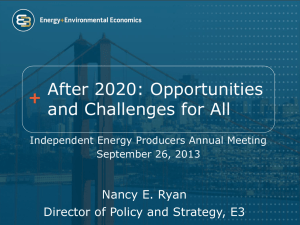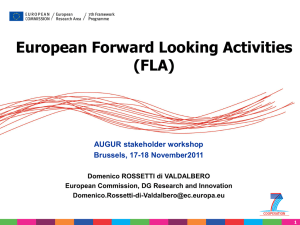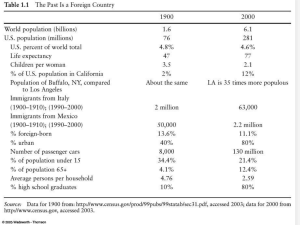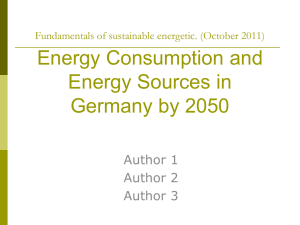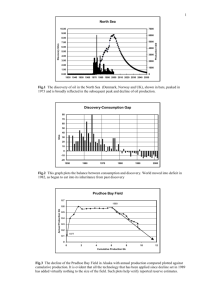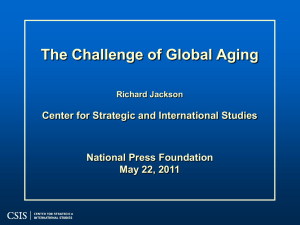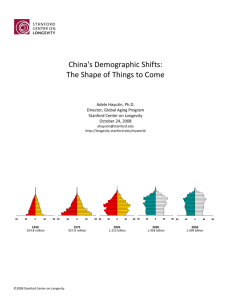Sustainability 2050
advertisement
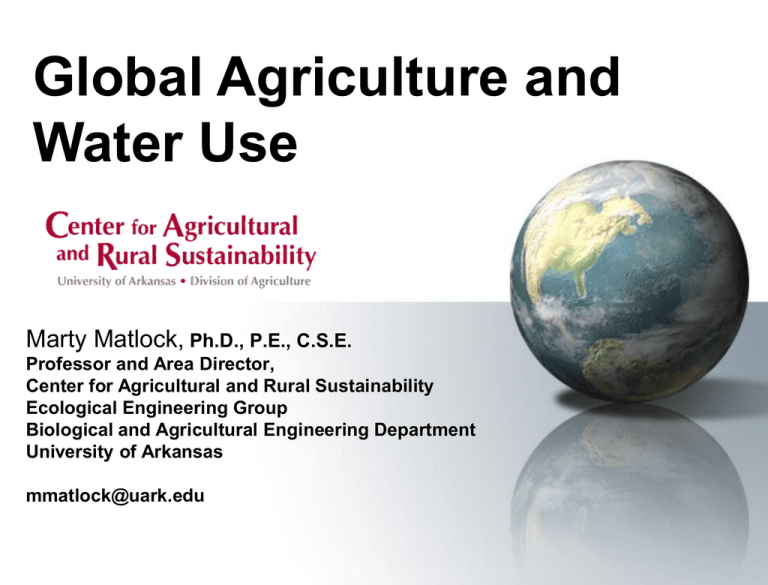
Global Agriculture and Water Use Marty Matlock, Ph.D., P.E., C.S.E. Professor and Area Director, Center for Agricultural and Rural Sustainability Ecological Engineering Group Biological and Agricultural Engineering Department University of Arkansas mmatlock@uark.edu Global Agricultural Water Use • Agricultural use accounts for over 70 percent of all human use of water. • Agricultural water use is predominantly from rainfall. • Water scarcity is experienced by humans as famine. • Demand for food, feed, fiber and fuel from agriculture will double by 2050. • We have to meet that need without one drop more of water, one hectare more of land. • We must freeze the footprint of agriculture Sources of Information World Wildlife Fund http://www.wwf.org/ Encyclopedia of Earth http://www.eoearth.org/ World Resources Institute http://www.wri.org/ The Millennium Ecosystem Assessment Report http://www.millenniumassessment.org/ Everything is Connected Source: Ricklefs Economy of Nature Everything is changing We’re all in this together http://media.photobucket.com/image/poverty/chenpn/thegivinghands/poverty1.jpg Global Freshwater Resources, in KM3 Water Use by Sector Water Resource Use by Sector Water Resource Use by Sector Availability of Fresh Water Water Resource Scarcity Water Resources and Prosperity –5 to possibly 25% of global freshwater use exceeds long-term accessible supplies (low to medium certainty) –15 - 35% of irrigation withdrawals exceed supply rates and are therefore unsustainable (low to medium certainty) Water Resources Per Capita Sustainability 2050: The Challenge UN Population Projections Population (Billions) 12 10 8 6 4 2 0 1950 1960 1970 1980 1990 2000 Year 2010 2020 2030 2040 2050 Sustainability 2050: The Challenge UN Population Projections 12 Population (Billions) Projected with current fertility rates 10 8 6 4 2 0 1950 1960 1970 1980 1990 2000 Year 2010 2020 2030 2040 2050 Sustainability 2050: The Challenge UN Population Projections Population (Billions) 12 10 8 Median Estimate 6 4 2 0 1950 1960 1970 1980 1990 2000 Year 2010 2020 2030 2040 2050 Sustainability 2050: The Challenge UN Population Projections Population (Billions) 12 What we do in the next 10 years will shape Earth and Humanity for the next 100 years 10 8 6 4 2 0 1950 1960 1970 1980 1990 2000 Year 2010 2020 2030 2040 2050 Projected Population Change by Country Percent Population Change, 2005-2050 Source: Population Reference Bureau, 2005 World Population Data Sheet. Growth in More versus Less Developed Countries Billions 10 9 8 7 6 5 4 3 Less Developed Regions 2 1 0 1950 More Developed Regions 1970 1990 2010 2030 Source: United Nations, World Population Prospects: The 2004 Revision (medium scenario), 2005. 2050 Association Between Fertility and Education Percent of Girls Enrolled in Secondary School Uruguay 100 Palestinian Territory 80 60 Morocco 40 20 0 0 1 2 3 4 5 6 7 8 Total Fertility Rate Source: Population Reference Bureau, Population & Economic Development Linkages 2007 Data Sheet. Association Between Fertility and Poverty Percent of Population Living on <$2 per Day 100 Niger Mongolia 80 60 40 20 Jordan 0 0 1 2 3 4 5 6 7 8 Total Fertility Rate Source: Population Reference Bureau, Population & Economic Development Linkages 2007 Data Sheet. Sustainability 2050: The Challenge Malnourished Population (Percent of Total) Percent of Total Population 30 25 20 15 10 5 0 1965 1970 1975 1980 1985 Year 1990 1995 2000 2005 Ecological Services Largest Cities, Worldwide Millions 1950 2000 2015 36 34 21 17 11 23 18 12 8 London Tokyo New York Sao Mexico Tokyo Paulo City Delhi Mumbai Tokyo (Bombay) Source: United Nations, World Urbanization Prospects: The 2003 Revision (medium scenario), 2004. Largest Cities Worldwide • The largest cities in the world are growing rapidly, and they are shifting from the more developed regions to the less developed regions. • In 1950, New York was the largest city in the world, with a population of about 12 million. • By 2015, the largest city worldwide is projected to be Tokyo, with triple this population size: 36 million. Worldwide extent of human land-use and land-cover change J. A. Foley et al., Science 309, 570 -574 (2005) Published by AAAS Human Activities Dominate Earth Croplands and pastures are the largest terrestrial biome, occupying over 40% of Earth’s land surface Meeting Food Needs by 2050 Jason Clay The role of research Water Footprint Concepts Water footprint is the amount of water required to produce a unit of product. 1 Kg Corn requires 900 L water. 30 Water Footprint Concepts Blue water is water that is collected for use (river, reservoir, groundwater) Green water is soil moisture from precipitation Grey water is water to dilute pollution concentration 31 2000 Corn Yield Data (SAGE) Blue vs Green Water from Water Balance Model Water Stress Index •The WSI the ratio of water use to availability with a weighted factor dependent on watershed variations in annual water availability. •A WSI of 0.5 is the threshold between moderate and severe water stress. •The above represents climate data from 1961-1990 35 Pfister, S; Koehler, A; Hellweg, S. Assessing the Environmental Impacts of Freshwater Consumption in LCA. Environ. Sci. Technol. 2009, 43, 4098-4104 Water Use Impacts on Ecosystem Quality •In places where plant growth is water-limited, withdrawals of blue water may eventually reduce the availability of green water and thus diminish vegetation and plant diversity. •Ecosystem Quality (EQ) is represented as the area-time ecosystem damage as a function of water use availability and potentially disappeared fraction of species. Pfister, S; Koehler, A; Hellweg, S. Assessing the Environmental Impacts of Freshwater Consumption in LCA. Environ. Sci. Technol. 2009, 43, 4098-4104 36 Water Use Impacts on Human Health •The damage induced by water consumption in a watershed or country is measured in disability adjusted life years (DALY) as outlined in the Eco-Indicator 99 method. •The impact on human health is a function of expected specific damage per unit of water consumed 37 Pfister, S; Koehler, A; Hellweg, S. Assessing the Environmental Impacts of Freshwater Consumption in LCA. Environ. Sci. Technol. 2009, 43, 4098-4104 Global Agricultural Water Use • Agricultural use accounts for over 70 percent of all human use of water. • Agricultural water use is predominantly from rainfall. • Water scarcity is experienced by humans as famine. • Demand for food, feed, fiber and fuel from agriculture will double by 2050. • We have to meet that need without one drop more of water, one hectare more of land. • We must freeze the footprint of agriculture



